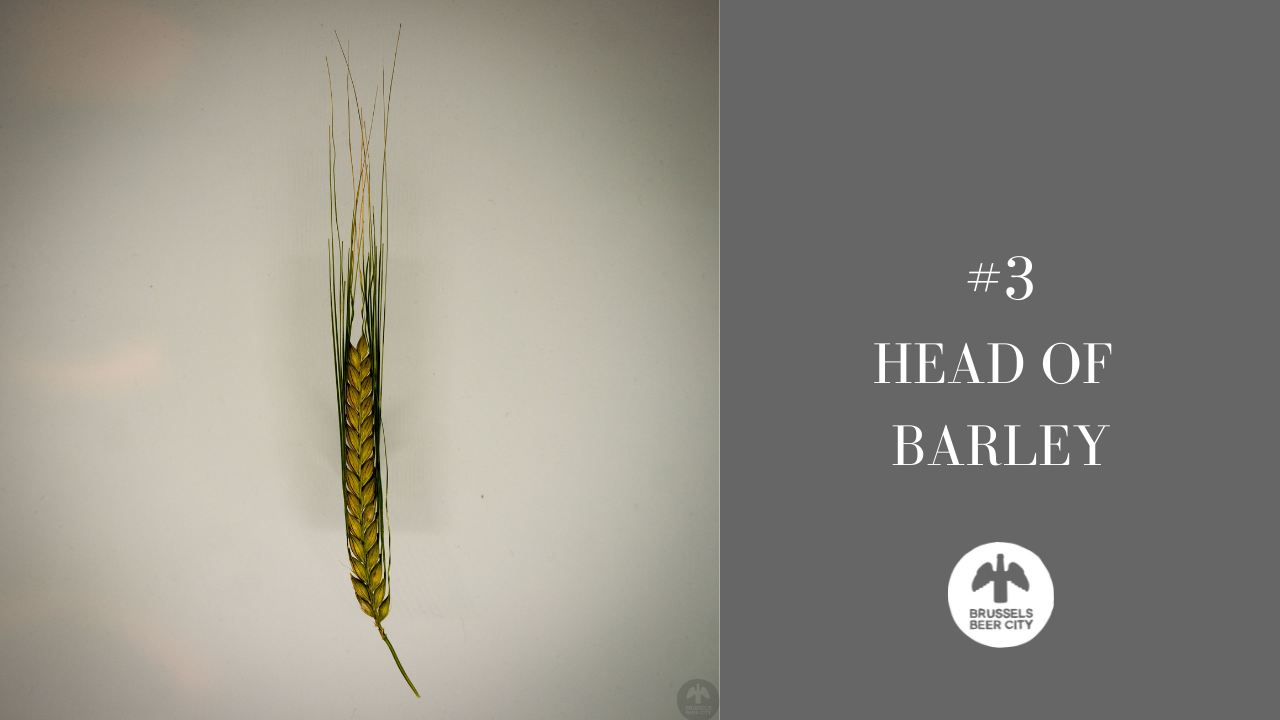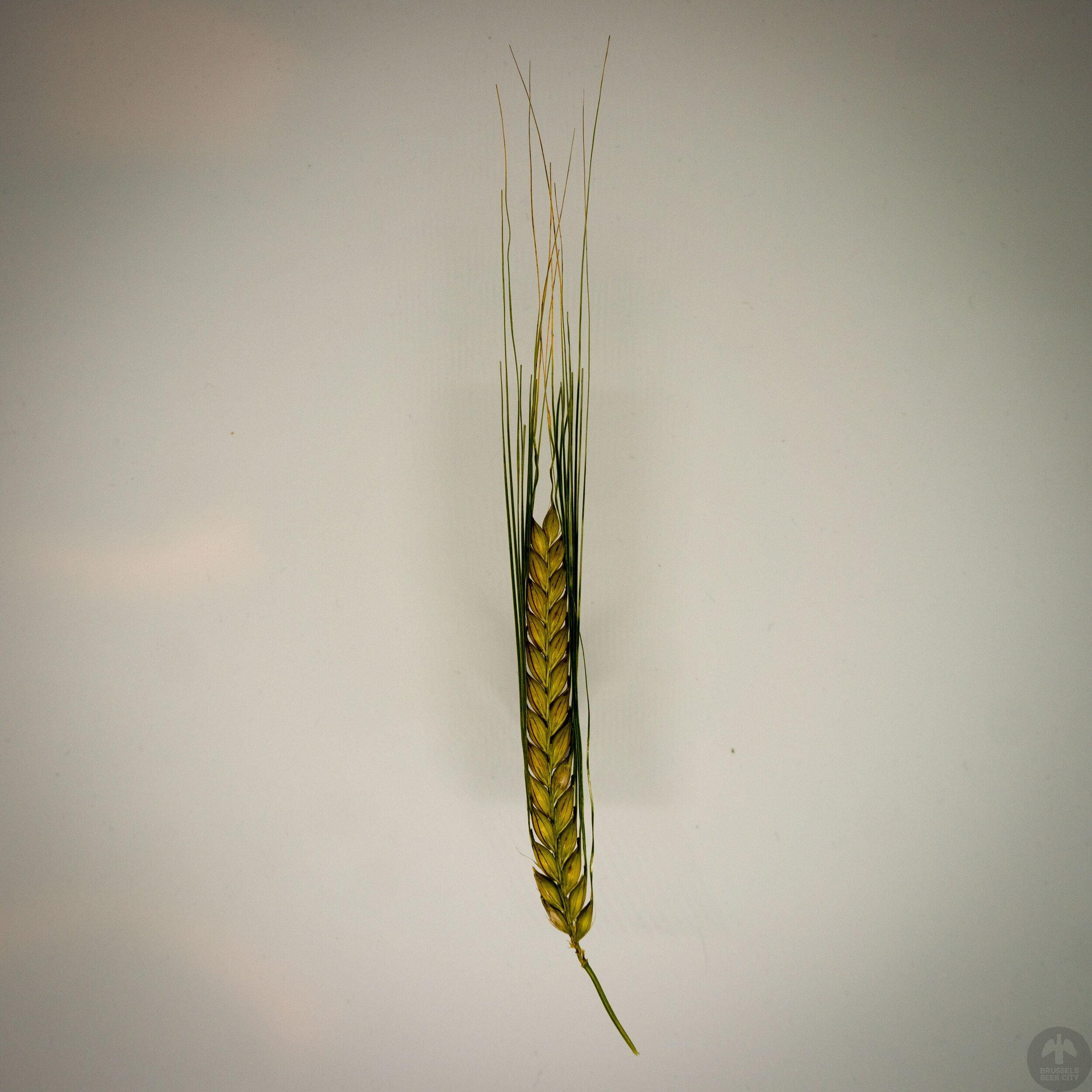A History of Brussels Beer in 50 Objects // #3 Head of Barley
Find out more about Brussels Beer City’s new weekly series, “A History Of Brussels Beer In 50 Objects” here.
Object #3 - Head of Barley
10th century (harvested July 2021)
Farm Life
Dawn breaks early, again. A perky July sun escapes from behind eastern hills, infiltrating the slatted wooden bedroom walls. Rubbing away sleep, you grab your scythe, dusty yellow from yesterday’s exertions. Outside, the muddy riverside path is baked hard from summer sun, the river quietly putrefying in the heat. It’s a short, steep trudge up to the hilltop fields. The air is cold in your lungs, but it won’t be long before you are drenched in a midday sweat. Cresting the ridge, you snake a glance over the quivering green tops of the high grass. Soon they’ll be moving the relics from down on the big island. It’ll be a while yet, though, looking at the state of those foundations. But sure, you have enough to be getting on with without worrying about the new chapel. After all, the barley won’t harvest itself.
Barley fields have long vanished from the Treurenberg, Brussels’ Hill of Tears, with the farmers who tended them. The humble chapel became a romanesque reliquary for St. Géry’s remains before evolving into an imposing gothic cathedral. But traces of Brussels’ agrarian origins remain. The dark soil of Dark Ages Brussels has, alongside telltale fecal evidence of animal husbandry and the chips and splinters of discarded earthenware, thrown up pre-12th century remnants of barley, wheat, oats, and rye.
Early Middle Age Brussels coalesced around sites like the Treurenberg and settlements along the river and at the Oud Korenhuis (“Old Grainstore”); at each, archeologists discovered evidence of crop growing. As these settlements merged and swelled, beyond the first city walls and out to a larger, pentagonal circumference of defensive fortifications, city planners continued to make room for fields of wheat, barley, and other grains.
The soil around Brussels was good soil for wheat and barley, a fertile seam of clay stretching north-east to south-west through Brabant. The fields fed people and their animals, and - presumably - to brew beers. A 17th century Brusselaar could choose from various-strength beers brewed to a standard recipe of six sisters (equivalent to 48.7 litres) of wheat, seven of barley, and four of oats. And it was wheat, and landrace varieties like the Kleine Rosse van Brabant, which came to dominate Brabantse brewing. Witbier in Hoegaarden. Peeterman in Leuven. Lambic in Brussels.
Urbanising Brussels outgrew its pentagonal boundary and eventually excised most of its farmland by the early 20th century. But beyond, in the Zenne valley’s lumpy fields, farmers continued supplying Lambic brewers with their prized Kleine Rosse until more agronomically efficient crops supplanted it in the 1960s.
On Brussels’ western edge, where the line between urban and rural muddles its way through the Pede river valley, are the last hardy vestiges of Brussels’ pastoral backstory. There, next door to intruding electricity substations and redbrick bungalows, is a knot of cornfields, potato plantations, and several thoughtful small farms. And alongside the tuberous fields are patches of tall green and gold grasses twisting in the wind and waiting for the swish of their farmer’s scythe.













